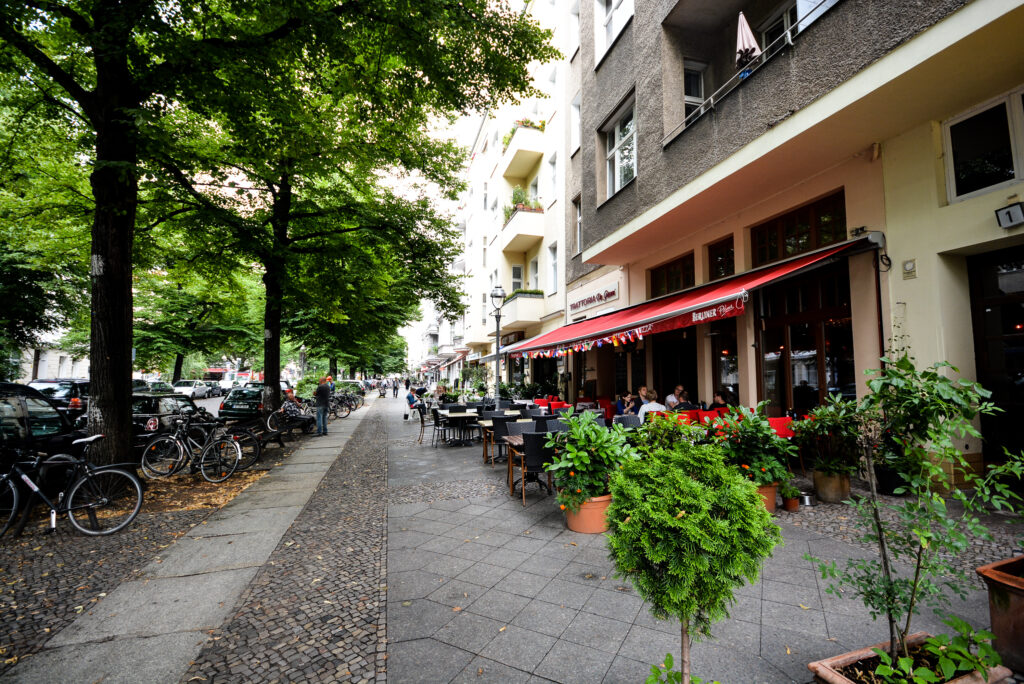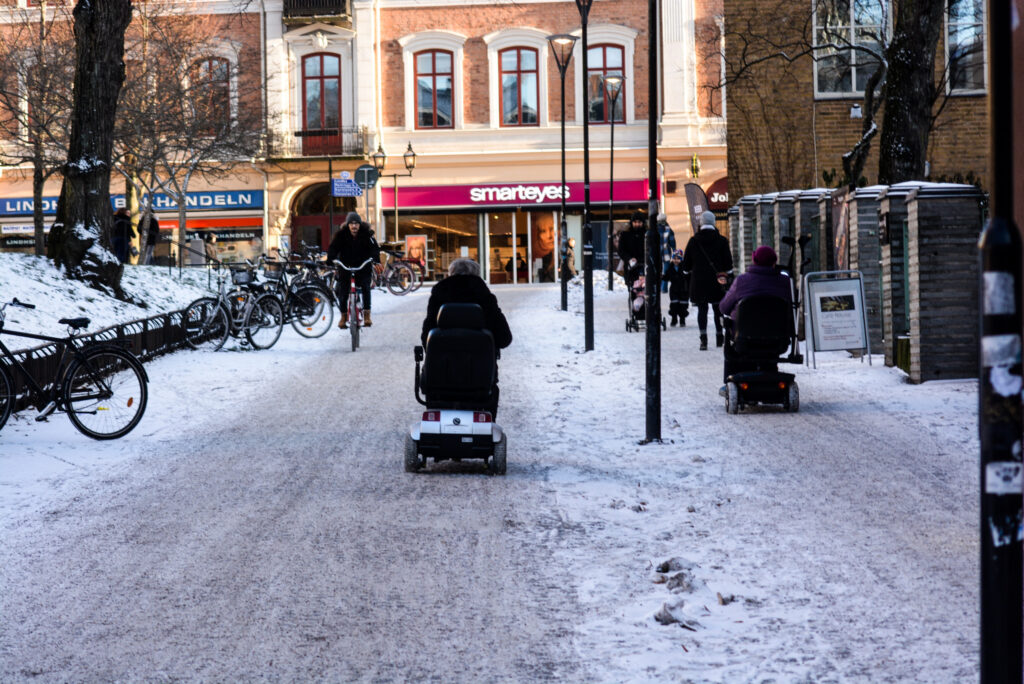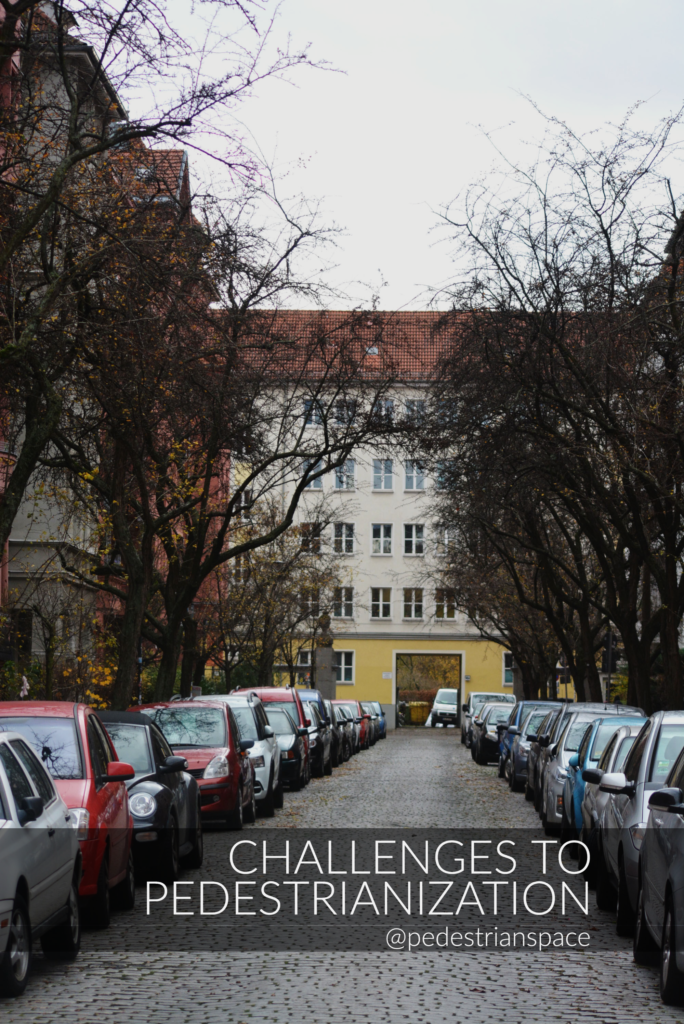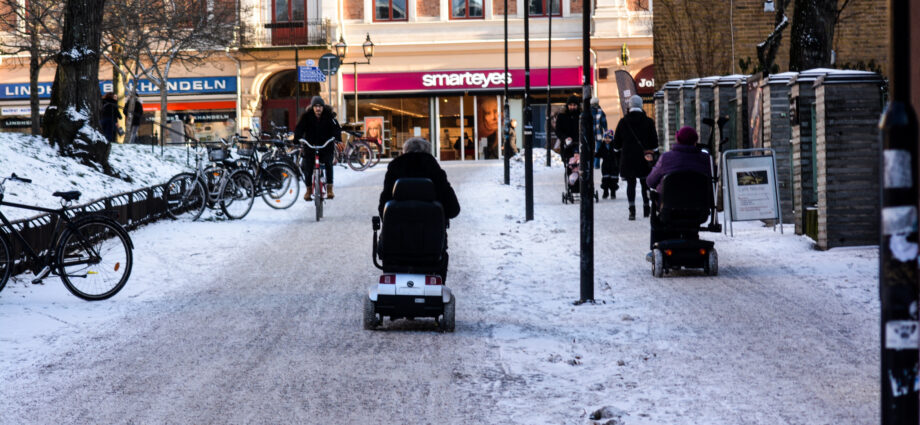2 1/2 years ago I set up @pedestrianspace on Instagram in order to begin exploring media on topics of pedestrian mobility as well as voices and organizations working with these issues.
I was also interested in using the space to document and explore ‘best cases and barriers to pedestrianization’. As a photographer, I was interested in using my craft to document great examples of walkable environments as well as obstacles.

I quickly realized that I had years of material as the city itself has been one of my favorite subjects since I fell in love with photography 22 years ago.
The project later grew into the website https://pedestrianspace.org/ and a broader interest in the many dimensions of ‘walkability’ and their foundational role in healthy, vibrant communities.

A new development this year was the establishment of the Global Walkability Correspondent Network https://pedestrianspace.org/global-walkability-correspondents/ with people around the world who are passionate about these issues regularly connecting across cultures, time zones and disciplines to share knowledge and lived experience on many issues related to mobility, urbanism and the built environment.

The value of dialogue and media production around these issues is vital and at the heart of Pedestrian Space. Cultural change and paradigm shifts are deeply intertwined with our psychological ‘infrastructure’ and habits and I do believe that the way we use space and our mobility choices/habits are a form of culture. Material and spatial change are essential to improving the pedestrian experience in many places and awareness and education play a vital role in promoting that change.

Today, I will co-host a Roundtable for the Global Walkability Correspondents Network on ‘Mobility Options and Individual Choices‘. Participants share about the range of mobility options in their city, what their own choices are and why.
This is the 2nd such Roundtable we have hosted on this theme and today we are going to mix it up a bit and also ask how people’s identity relates to their mobility lifestyle and choices.

I, for example, identify deeply as a ‘walker’, so I highly prioritize living in a walkable community. Walking is how I prefer to commute on a daily basis (to include using public transit when needed), but it is also a strong part of my identity in that it is how I recognize that I often best process thoughts or develop ideas and also ‘unwind my mind’. Walking is something I love to do for fitness but also for leisure and social connectivity. It is a way for me to connect with my local community. I love moving through my neighborhood by foot.
-Annika Lundkvist, Editor & Founder at Pedestrian Space


